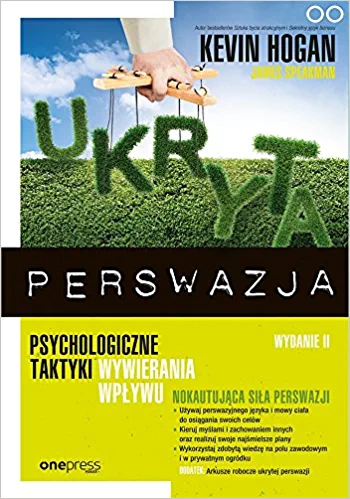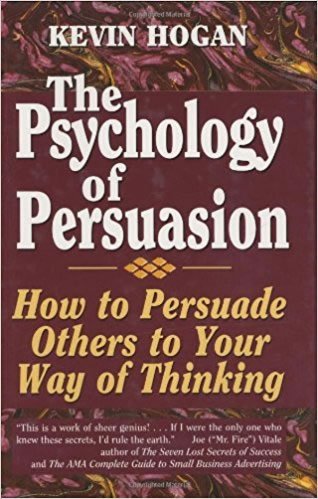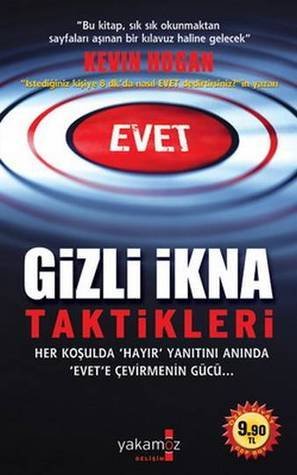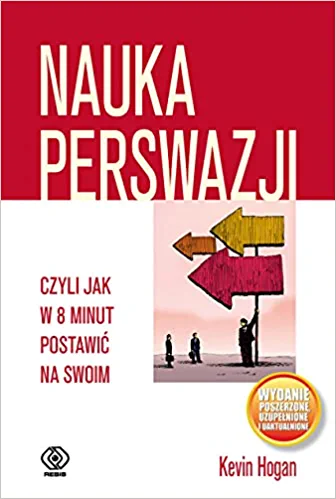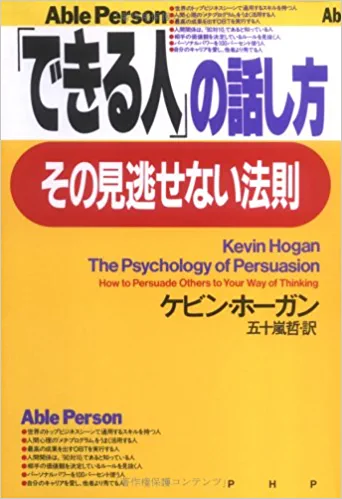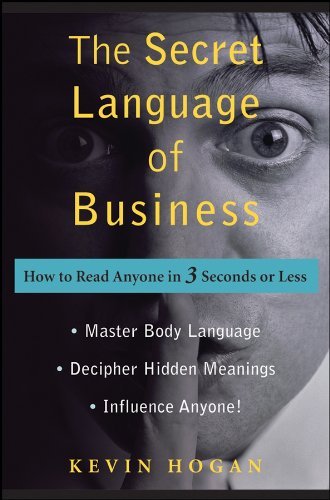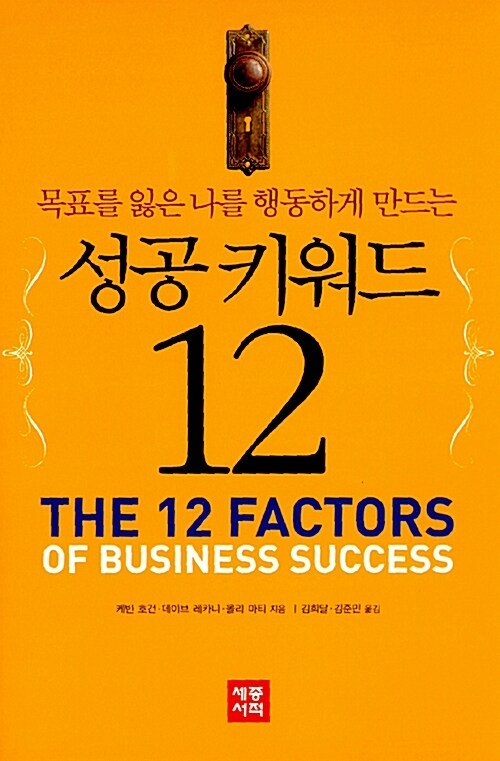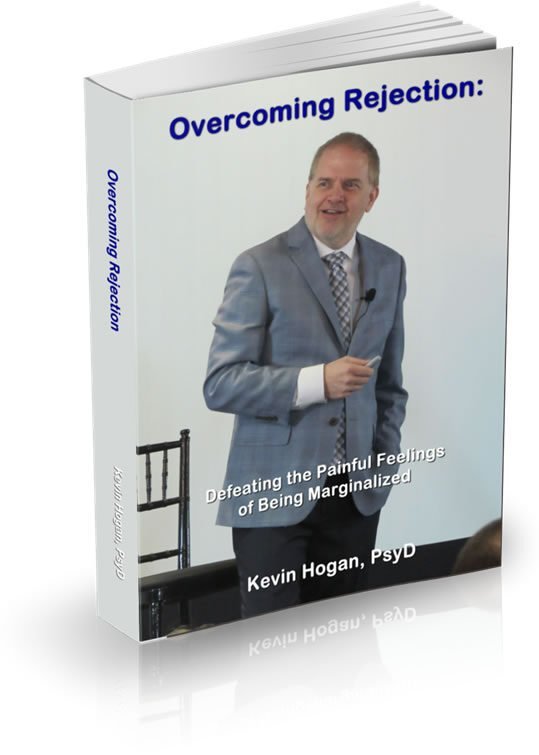2021 Guide to Changing Habits
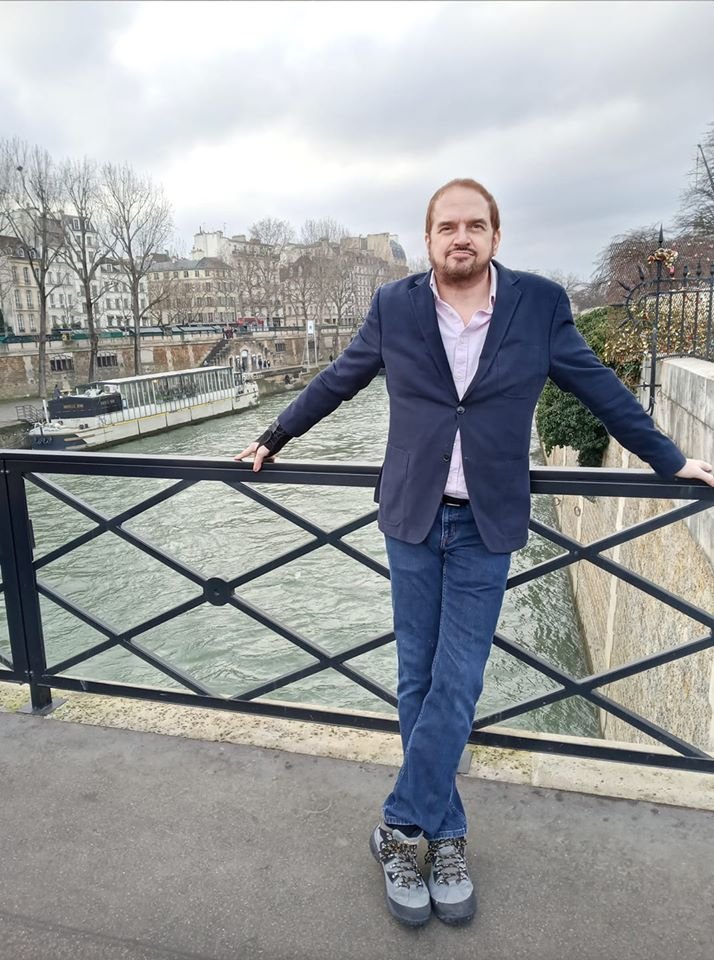
There are a dozen articles about habit change on this website. The content remains all valid and reliable. This new series is not a supplement but an upgraded approach to habit change. No politically correct nonsense. Here’s a taste of what I have for you today.
- You’re going to see how money as a reward or threat of losing what you have can be used as a viable tool of habit change.
2. Too fat is not good and in fact kills as we’ve seen with covid. Let the politically active talk all they want about “loving your body.” Here you get real. Use applied science to get results. 3. Not having enough money is madness. Living off the government in some socialistic scheme is a recipe for disaster. Here you get real on what triggers habits and what causes them to STICK. 4. Cigarettes kill people and often in masse. This is not a series about stopping smoking. It is about the science and APPLICATION in YOUR LIFE to habit change. This series is not a clinic being given on specific habits though we will use examples related to smoking cessation, weight loss, using money as an instrument of leverage and on and on, all from reams of cutting edge research about habit change. There are dozens of bad habits people have and there are dozens more you need.
Some other Habits People Have
- Act like a jerk to loved ones.
- Absolute laziness.
- Not getting important things done every single day.
- Behavior unbecoming of a human being.
- Political Thinking (We/They mentality)
Some Habits People MUST Develop
- Listening and caring about the concerns of others.
- Critical thinking that finds accurate information and living accordingly.
- Parenting to raised independent, thinking, caring children.
- Making decisions that help you and others at the same time.

If it hasn’t become blatantly obvious over reading the hundreds of articles on this website, persuasion and influence skills come into full force in changing habits with others and for your Self. Changing habits is never easy. People tell you it is. They lie about other things as well.
You’ll find out exactly why in just a minute. Finally, before we begin, everyone has bad habits and most people have a lot of bad habits. Old habits like smoking cigarettes, drinking too much, eating too much, being unproductive, etc. are tough to change. Good news? People can and do change, even if the changes take a long time. Let’s look at what I consider to be FAST cultural change. In 1965, 42.6% of American adults smoked cigarettes. Today, 13.7% of American adults smoke cigarettes. That’s light speed.
A nation of people didn’t need an organization or government or coalition to get them to stop smoking. This is about cultural change to the tune of MILLIONS of people. In just over 40 years the U.S. is largely a non-cigarette nation. They didn’t attend Cigarette’s Anonymous. They didn’t have to join a cult or demonstrate in public for change. They changed by helping themselves and those they love. But there’s more. The height of teenagers (13-17) smoking was 1997 when a whopping 36% smoked regularly.
Today, 8.5% of teens smoke cigarettes. In just 20 years cigarette smoking has been largely eradicated by teenagers as a national culture. 20 years and the cultural change in the United States shifted dramatically. To be sure, E cigarettes may be influencing the reduction of cigarette smoking. The government policies toward marijuana in the 90’s probably increased the massive cigarette consumption of the day, but clearly people are smoking fewer packs of cigarettes in the U.S., today in 2021.
Of course some of those numbers in fewer smokers happened because people died over time who smoked and perhaps their kids didn’t want their parents fate to be theirs. But that would only account for a portion of this dramatic change of habit in a society like the U.S. What happened to life expectancy in the U.S.? If someone was born in 1950 they could expect to live to 68. Born in 2000? They can expect to live to 77. Change happens because habits can be changed.
But the results could be even better. How DOES one get people to change habits which are arguably bad for them, or, simply do stuff that is BETTER for them? Smoking cigarettes often helps curb appetite and when people smoke they look in the mirror and see a skinnier self, because it’s true. The price of stopping smoking in the U.S. was eating more. When people are used to putting something in their mouth all day, you can bet THAT will continue for a long, long time. Instead of sticking cigarettes in their mouths those who stopped smoking changed that habit.
But habits are notoriously difficult to stick if they aren’t replaced with something OR rewarded by something very valuable. Habits can change from good to bad at a rate similar as bad to good. In the early 1960’s the average American man weighed 166 pounds.
Today he weighs 196 pounds. American women have gained a lot of weight too. And it’s also constructive to know that over-eating is not a disease. It’s a choice.

Over in Asia the woman of 2020 weighs 127 pounds. In Europe she weighs 156 and in America she comes in at 177 pounds. That means in 2020, three Asian women weigh the same as 2 American women. Choices You and I have choices.
What happens when someone tries to change from X to Y, whatever the change.

Someone who has been doing something habitual for 21 years is asked to make a change in 21 days. What’s real? That habit of 21 years has Billions of neural connections supporting it, making it all but an unconscious and AUTOMATIC behavior.
In other words, the brain is literally wired to do the age old habit X. Someone comes along and says you can change it in 21 days. The fact is that you CAN get a start in that direction, changing a habit in 21 days, but you can’t change BILLIONS of neural connections in 21 days. Even if you could somehow knock out 1000 connections per day it would take a million YEARS to “change the habit” in the brain where the habit is locked in.
Yet women in Europe weigh 156 pounds, 127 pounds in Asia and cigarette smoking has been cut by 2/3 in the last 50 years in America. As you would guess Asians outlive Americans by a longshot, largely because of their choice to not overeat. Habits do change, choices are made. The difference between continents and nations is fascinating, as is the difference over time as far as weight and cigarettes are concerned.
Culture and through time are both important in societal changes but what about you and the people you deal with. Knocking out old habit tracks from the brain is very, very difficult and requires time. In fact, the notion of “eliminating old habits” really means creating atrophy for those billions of connections In the brain and it’s not going to happen. That means you will now forge NEW connections with thousands then millions of new highways in the brain.
That doesn’t mean that the old highway system will disappear in 21 days or 21 years. Wiring does atrophy with time in general but causing highways to atrophy is quite the specialization. How can you get people who have failed at everything to actually succeed at changing difficult to change habits? Enter Money
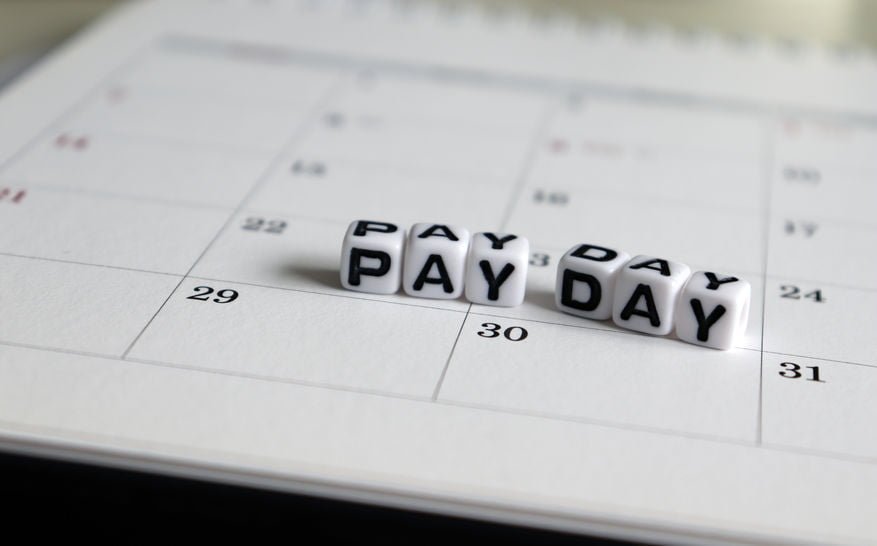
Money means something to almost everyone. Money is something you can ethically use in behavioral research. You can’t use sex, chocolate and other stuff. You have to guess if chocolate and sex are more effective or less effective than money in changing a habit. (And you can guess that sex and chocolate go a long way in changing habits.)

Money is often stronger than the “pull” of billions or neural pathways wired together in the brain. One study in the Netherlands in 2019 was set up like this: Two groups would get 7 week smoking cessation program weekly for 90 minutes. Group Two of the two also got an incentive of 50 Euros at the end of the 7 week program if they were tobacco free. Then again at 6 and 9 months and finally 200 Euros after 12 months if tobacco free.
Group One yielded a 26% smoking cessation rate. (That’s pretty impressive at the one year level btw) Group + Money yielded at 41% smoking cessation rate. 350 Euros for one years worth of cigarettes brought a tobacco free result. In the research biz that is a HUGE difference. (The net result for companies is that they get fewer sick days used by employees, lower insurance costs and other net/net that make programs like this a no brainer at a corporate level) As you might have guessed the six month numbers for the control group were very similar but it was 46% tobacco free at 6 months and 41% at 12 months.
So quite a few people dropped that final six months even though they would have received MORE money in the second half but would have had to WAIT another few months to get the bigger reward. 350 Euros is $400 and $400 bought a tobacco free result at 1 year in 41% of people.

Change the context. A big study, way too big and broad for a full discussion here today. This massive study compared small group (6 people) vs. individual results with two different kind of reward structures. Some people were assigned to “deposit-based programs” and some were based on straight reward programs. Deposit programs are a very interesting creation where the individual has to put in $150 of his own money (in the case I will show you here) with the promise of getting it back and an additional $650 reward if he stays tobacco free.The first thing these researchers found was 90% assigned to the reward of $800 took the offer but only 13% of those who were offered $650 for their own $150 (deposit which they lose if they don’t stay tobacco free) took on a part in the study. 13.7% of those in groups vs. 12.1% of those individuals made it a year and got their $800 Far MORE than twice as many in the deposit groups were abstinent at one year but because such a tiny number of people accepted the deposit offer, researchers considered this to be less valuable, and in fact that is true in this context, but imagine if you could triple a client’s success rate at some OTHER HABIT by having “skin in the game”? Want continuous compliance? Get people to put SKIN IN THE GAME.
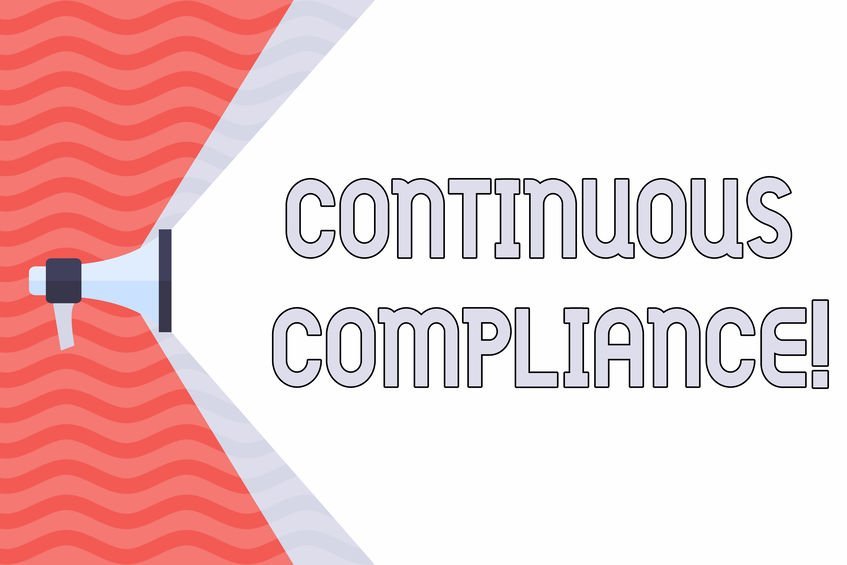
“In standard per-protocol analyses, 52.3% of those who accepted deposits versus 17.1% of those who accepted rewards had sustained abstinence through 6 months (P<0.001), and similarly large differences were observed at all time points” https://www.nejm.org/doi/full/10.1056/NEJMoa1414293 STOP HALF of people who were awarded with $650 of the researchers dollars plus $150 of their own dollars being returned stopped smoking. 1/6 of those who were awarded $200 at 2 week, 3 months, 6 months, 1 year were tobacco free.
Both situations the amount of money was $800. The difference was nothing short of. Skin in the Game… dramatic.

It’s not necessarily pretty, it just works. Staggered rewards over time. In February, I was in Santiago, Chile. I was shopping and didn’t realize that I needed to pay for a plastic bag to put the groceries in. Each one was about 25 cents.
I hate plastic bags as they are hard to carry though these were better than a lot I get in the states. But more interesting was that you can buy your own cloth grocery bags. Price: 100 RCP (100 Chilean Peso’s = $1.25) I grabbed a couple of them. I learned that you could bring them back and use them forever.
I also walk two blocks and didn’t see myself (or anyone else in this upscale neighborhood carrying plastic or cloth bags to the store. When I’d go shopping with Bianca I always bought new cloth bags. “You are throwing money away.” “I’m buying a bag.” “Bring it with you next time.” I knew that wasn’t going to happen and ALMOST said, “why don’t you?” but that would have been silly and I’ve learned that lesson over time.
In Europe, I’ve observed that people hate spending that money for a grocery bag. You already have one or two at home! IT FEELS like a waste of money to buy more at the store, again and again and again. A LOT of people brought in their own bags they had used before. For me it was about convenience to get the bags at the store each time we’d go.
For most people it was about losing the money to pay for the bag. They simply didn’t want to lose that money. One metaprogram I discovered 25 years ago was the Cost/Convenience Metaprogram. (See Mind Access) Some people will do that which is cheapest. Others will do that which is convenient. All contextual and all predictable. Money, allocated WISELY can be a valuable tool in creating habit change and increasing performance.
Dividing rewards up over time is generally more effective than offering a reward at the end of a long period, say one year, for example. Another tool for habit change is PRECISE LANGUAGE. A couple of years ago at Influence: Boot Camp in Las Vegas, I explained at dinner one night with VIP’s that I don’t eat pork, shrimp, crab or any other animals that fell into those categories. Someone asked, “why, are you Jewish?” Their guess was in the ballpark but I don’t like the conversation as I’ve had it so many times since I was a kid. (It goes like this so you don’t have to ask later) It’s about the Bible. It’s not “important to me,” it is who I am. Some Jews follow the principles/laws in the Bible.
Many others don’t. I’m not Jewish per se and the birth of Jesus was very important to me, though I’m not really a Christian or part of any other organized religion. Long story short, I don’t eat “unclean meats,” and that means no pork, shellfish and a host of other stuff. After my explanation, however brief the conversation invariably goes like this, next… “You don’t know what you’re missing, Kev.” “Ah, I don’t care. I’m good to go, thanks.”
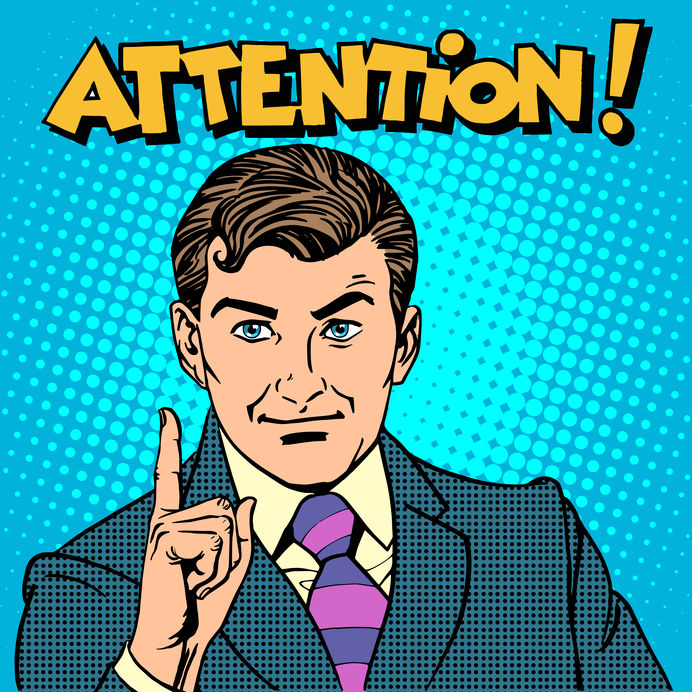
See, it’s the word, “DON’T” I said, “Look at Scott and Brian, they don’t drink. It’s not that they can’t, they are humanly capable of drinking alcohol, but it’s not going to happen.” That got the attention off me. “Scott, you ever gonna drink wine?” “Huh? I don’t do wine.” I have a sip of my wine. “Brian?” He laughs. “No Kev.” I told our small group, if you want to get what you want use the few words that actually do matter and DON’T is one of those words. “Look, if you ever hear anyone say, “I can’t do that, it’s not on my diet (for example),” they’ll do it. I promise.
That got everyone thinking. “Can’t just means you didn’t do it yesterday but you have already given yourself permission for today or tomorrow.” You want a habit that will stick? “DON’T choose otherwise, ever.” Part TWO next week.
How to Write, Publish & Sell Your Book with Kevin Hogan
Next course begins: June 24, 2024
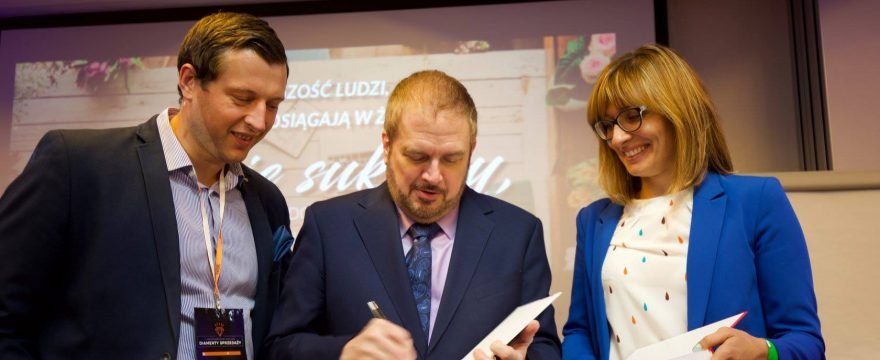
PreManipulation: Persuasion and Influence in the New Age.
In autumn of ’24 after that we’ll be breaking a number of rules but releasing a historical fiction book that takes place in the first century…in a place called Galilee. Sound cool? It is.
Now…please read carefully before applying!
Seriously. If I can do it, you definitely can do it. I had no chance to become a Bestselling Author. In fact, I had no chance to become an author, period.
“Your grammar is poor.”
“You have an unusual (code for ‘bad’) writing style.”
“You have no track record.”
I was turned down from 247 publishers over a period of FOUR YEARS of submissions before….
Fast Forward…
…The Psychology of Persuasion was accepted by Pelican Publishing in Louisiana. Next to Zig Ziglar’s See You at the Top, PoP has now sold more than any other author they’ve published.
Pick up your copy. Notice how the few stories in the book that reflect “current events” that happened in 1990? Now, check out the original publication date. 1996.
So when I tell you I was a marginal writer with poor English, grammar, editing, and literary skills, I kid you not.
So, no, no, no. The chances that you are LESS talented and skilled than I are remote, teeny tiny, nil, I doubt it, who are you kidding, I just used 5 commas in a sentence!
Now, say a “million copies worldwide.”
You don’t have to be incredibly talented, and yes, you can make amazing things happen…if you’d like…I’ll show you how in complete detail.
Before we begin… What is an Online Course with Kevin Hogan?
An online course with Kevin Hogan doesn’t meet at a specific time. It is done 100% online with video, audio, text, and e-mail and it allows you the freedom to do your studying and homework when you make the time.
The best part about these courses, the way I develop them, is that you get one-on-one coaching from someone whose time you could probably never buy on an hourly or daily basis.
Total enrollment is limited to 9 people. Please, don’t wait until the end of the week.
Now, let’s get to the “what’s in it for you” part…
The most important thing you need to know is that most of your money is NOT made in KINDLE.
MOST of your money is not made in the bookstore!
MOST OF YOUR MONEY, say from The Science of Influence, IS MADE HERE:
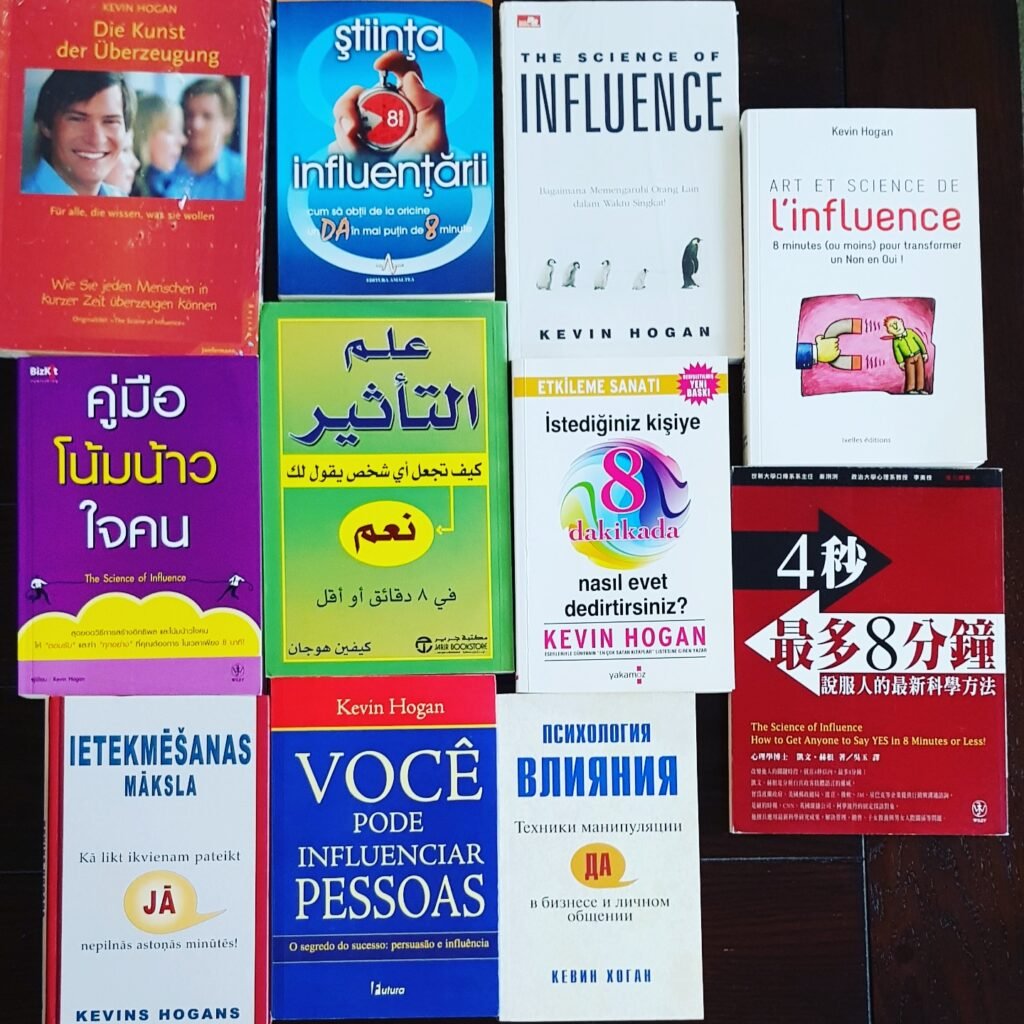
That’s right. That’s the Science of Influence published in 11 languages. There are over 25 more languages for just this one book and I want you to see your first or next book published in these languages too!
Most authors make most of their money from publishing contracts around the world.
No one wants you to know that because no one knows how to get those contracts out there.
You need to know. You DESERVE to know.
And those contracts don’t just bring book sales and royalty checks from around the world, they bring YOU to other countries and make you an international celebrity.
I sold more copies of The Psychology of Persuasion in the last four countries below combined than I did in the United States. Then we got The Psychology of Persuasion published in 38 other countries.
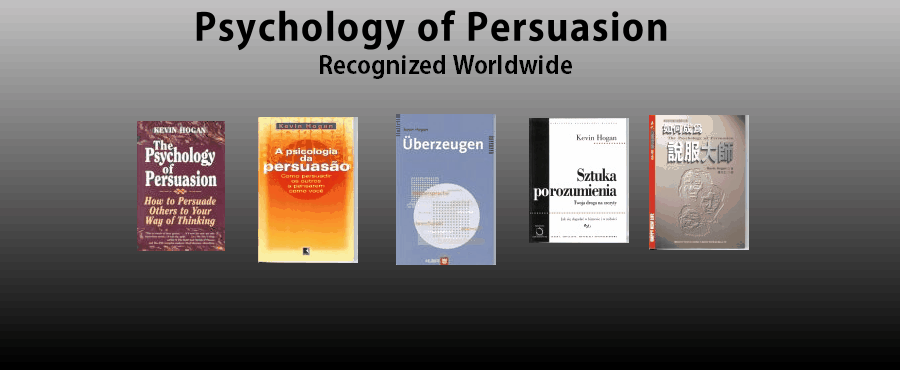
This IS…EVERYTHING you need to know to write, get published, promote and help build financial independence with your book…and it is included in this seven-week course!
Each week you will receive a detailed lesson with an outrageous amount of homework that is ALL about YOU and YOUR FUTURE WORK…and coaching that guarantees that IF you can write relatively intelligently, I can show you how you can be in print.
IF you have wanted to experience the benefits of being a published author, this course is the one you should take this year.
Now, I’m going to stop you right here.
I guarantee you’ve seen other people who promise they can make you #1.
I won’t make you that promise! They can’t do it.
Oh, I can get you to be #1 in Non-Fiction, Sub Category Psychology/ Sub Category Human Behavior/Sub Category Thumb Twiddling, a category of one book at Amazon. Yes, I can show you how to do that with 100% certainty.
But…NO ONE can guarantee you will be a REAL #1. In fact, I’ve been to #2 on the BOOK bestseller list, THREE TIMES and it’s part of what keeps me shooting for more. So if #2 out of FOUR MILLION BOOKS is OK, keep reading. If not, you might want to believe the nonsense others have to share.
This E-Course will NOT be offered again this year to anyone. It’s been a long journey for me and I’ve finally seen the inside of why it took me so long to get published…why no one wanted to talk to me…why I was considered unlikely to succeed.
I WILL show you all the secrets of getting a publisher to pay you to write a book including the 11 MAGIC words that need to be in the first paragraph of your query letter to a publisher to virtually guarantee your book gets accepted while all the others are trashed in file 13.
I will also show you how to write in such a way that publishers will want you to write book after book for them. EVERYTHING is right here.
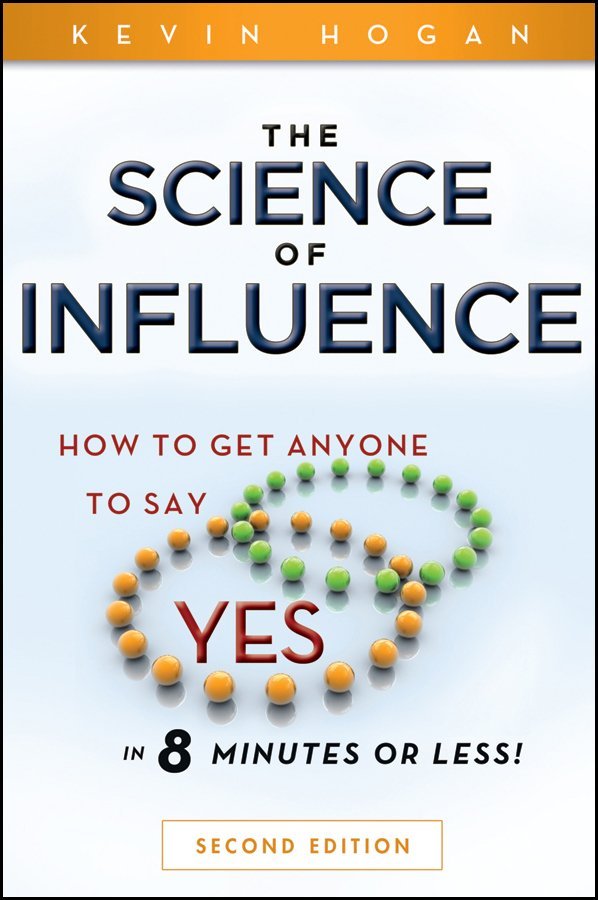
Notice: The course is 100% copyrighted and each participant will need to guarantee in WRITING (non-disclosure agreement) that they will not reveal the course material to ANYONE anywhere. Anyone who uses this information as laid before you can get a book deal…something only 1 in 1200 people currently writing a book will experience in the next FIVE years!
When Psychology of Persuasion was published 25 years ago, the average book in the U.S. sold 5,000 copies.
Today in the United States the average book sells just 500 copies (that’s $500) for over one years worth of work.
The median (middle) book earns it’s author LESS than $500.
So you need to know actual inside information to play the game to win.
Be prepared to work in this e-course. I’m not simply going to give you a data dump and run your credit card. I’m going to coach you like a football coach for 43 days and obligate you to become successfully in-print with an important publisher. How well does this work?
Best seller after best seller have been through this course and it’s exciting to see what happens next.
When you do you’ll be able to go visit this big Teddy Bear in Sorrento Italy (or was he in Positano?!) BECAUSE they want you there to share your book with them and then take you to see the sites.
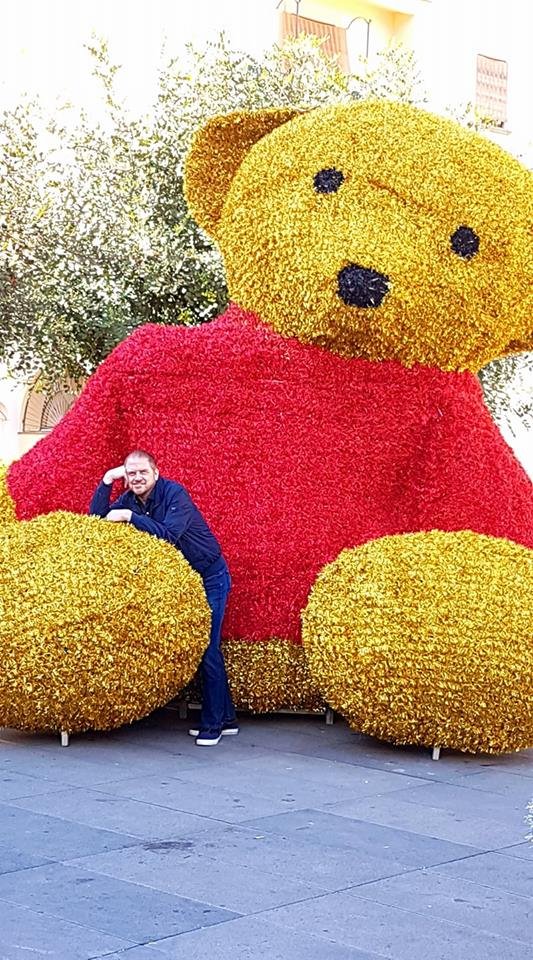
If you are ready to work…so am I.
Here is some of what you can expect:
As the course begins, you will receive your first (of 7) modules on how to write, publish and get your book SOLD! Modules will be released weekly – though there may be some exceptions to how long a module will take you to complete. You don’t need to race as you are writing your book.
Whether you want to have a major publisher publish your book or “self-publish,” in some form, you essentially have no chance of success unless you know what to actually DO.

You need to know what:
(a) publishers want in a proposal
(b) what makes a book sell
(c) how to make copies of your book fly off the shelves.
Of course, there is more to it than just those three components.
Writing a book is something most people stop doing when they are halfway through. Even if they do finish, they normally don’t get the book into print. It goes up on the shelf or in a drawer.
That might actually “sound familiar to you”.
Here’s the simple fact: In the public eye, being in print and SELLING…in book form is the number one credibility builder. (Number two is a Ph.D./M.D.)
The tuition for this course is less than $2000. A Ph.D. will run you roughly 60 times that number and take 4-9 years to accomplish. Good luck with that…
Once you are in print, you can piggyback your success on your first book. It is actually easy to get into print the second time after your first successful book!
That is when publishers happily call YOU. (This is waaaay better than the other way around.)
The question simply boils down to this: Do you want to be published?
This course is not for the “dreamer” or the person who refuses to write or promote. For 7 weeks I will show you every step of writing, proposing, getting in print, how to negotiate a contract, how to avoid getting ripped off by a publisher once they offer you a deal.
You will also learn how to sell a LOT of books once you are in print. I’ll show you how to get book signings, get on television and radio and link your name to some of the biggest names in your profession through endorsements and testimonials.
I’m going to take you through every step of the process and highlight all of the different ways you can profitably get in print.
It takes hundreds of hours to write a book. It takes hundreds of hours to research a book. If your time was only worth $20 per hour your time investment will average $20,000 per book. Isn’t it worth doing right?
I spent YEARS trying to get my first book into print and it cost me thousands of dollars in the learning process…all trial and error including having my book held up with a publisher that eventually went bankrupt. I’ll show you how to avoid all of this!
I’ll put you on the inside track and help you pull strings and show you the real inside stuff that no one knows but people who are both authors AND publishers.
The course will have six specific modules. The course lasts approximately 7 weeks.
Here’s one small piece of what you will learn:
- How to write your book so that it will sell a publisher and so that it will sell to the general public. These are two COMPLETELY different sets of problems.
- How to self-publish for those with a little backbone that want to maximize profits.
- How to avoid all the rip-offs in contracts that publishers will ask you to sign. This part of the course can save you between 50% and 75% of your royalty check. Many authors expect royalty checks of $20,000 or more, only to see a check of $400. Why? They signed a contract with little catches that even an attorney wouldn’t have caught because very few attorneys understand the nuances of publishing contracts…
- You will learn how to actually sell your book so you can make some money and not just have a book that is “remaindered.” (Those books in the “bargain books” section at Barnes and Noble…you don’t get paid for those, you know…)
- I’ll show you how to get a significant advance on either your first or second book, and then all of your books after that. This is top secret and few authors ever will see a penny advance for their first or second book.
- You will find out how you can get in print in hardcover for your first book! Few people ever get into hardcover editions.
- I’ll show you how to get your book into audio editions that make money and then we’ll talk about getting your book published in other languages so you can be making money while you sleep…
- AND lots of bonus secrets that you will kick yourself for not having invested in this class that I will tell only students, including How to raise your Amazon ranking overnight.
- How to create a title that makes ’em buy it.
- How to write a subtitle that will determine success or failure of your book…with 90% accuracy and I can tell you how to calculate the odds so you will probably never need my coaching for your writing again.
Your Tuition Investment: $1997.00. Apply NOW and your tuition investment is only $1247
Apply now. You can divide your tuition into four installments of $347 each on the application
That said… I reserve the right to decline any application. If you are not 100% satisfied after your first week of the course, you will receive a refund (minus a $235 non-refundable registration fee).
Your Tuition Investment: $1997.00. $1247. Apply now to have the discount applied! 9 spots only – this class fills fast!

